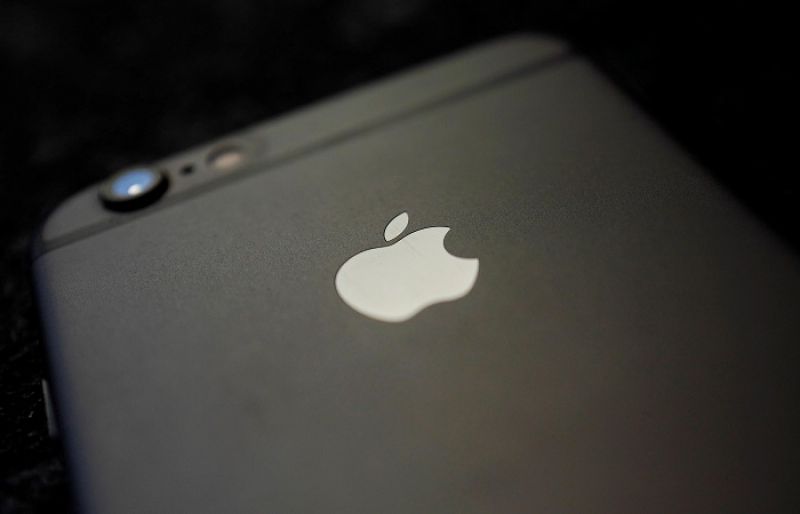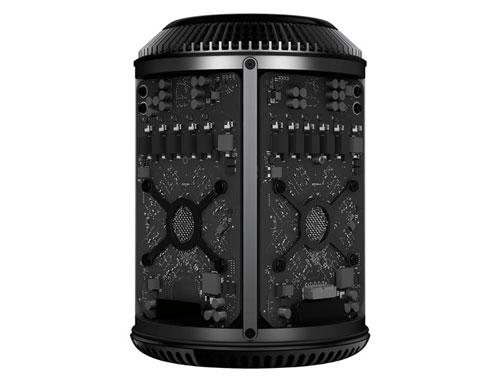On Monday, Apple held their annual World Wide Developer Conference. The major focus for the conferences is generally upon the software changes that are coming to the OS X and iOS software so it was no surprise that the first details on their upcoming changes were revealed but the company also tends release some new or updated products at the event as well. It was pretty much expected that Apple would refresh the MacBook Air lineup using the new Intel Haswell chips but they had a couple other surprises as well.
New MacBook Airs
The MacBook Air changes were mostly good with one big disappointment. The big feature that most were hoping for was higher resolution or retina displays similar to what Apple introduced to the MacBook Pro’s last year. Instead, the screens and external design remains completely unchanged. This is very disappointing as many premium ultrabooks that the MacBook Air competes against are starting to get high resolution displays. This includes the recent announcements at Computex of several 14-inch systems to come out with new Sharp IGZO display panels that feature a 3200×1800 resolution which is higher than even the MacBook Pro 15 with Retina Display.
So why the same screens? It all has to do with the goal of extremely long battery life. Apple projects that the 11-inch version will now run for nine hours while the 13-inch model will achieve twelve using test of looping video playback. This is extremely impressive as it provides a huge increase over the previous versions already impressive running times. At this point, none of the Windows based laptops that have been announced come anywhere as close to this. If Apple had used Retina displays in the new MacBook Airs, it would not have achieved anywhere near these numbers as the higher resolution displays draw more power which would have negated the power savings of the new hardware.
Much of the benefits of the longer battery life comes from the new Intel Haswell processors. The overall performance from the new chips will be roughly on par with the previous models but the new integrated voltage circuitry and improved low power states look to really improve the power consumption. In addition to the power savings, the new Intel HD Graphics 5000 should also provide improved video performance although most people don’t use the MacBook Air for things such as mobile gaming.
Probably the biggest factor in improved performance comes from the change in the storage for the MacBook Air. Previous versions used a standard SATA interface that capped data transfer speeds between 500 and 600MB/sec. The new solid state drive system uses a PCI-Express interface that ties two lanes directly to the processor that provides it with a maximum bandwidth of 1GB/sec transfer rate in each direction. That provides it with a significant boost that should make booting and loading programs even faster.
Finally, the MacBook Airs are the first of the Apple products to incorporate the new 802.11ac wireless networking. Now this Wi-Fi system is still in the draft standards but this is a similar move that Apple did prior to the 802.11n wireless standards were approved. This new standard can allow data transfers over compatible Wi-Fi equipment to be roughly three times what the 802.11n hardware could achieve. In essence, this is nearly equivalent to gigabit speeds and puts wireless on par with more home wired networks.
The best part is that prices for the new versions of the MacBook Air remain unchanged from previous models with $999 for the 11-inch model and $1099 for the 13-inch model.
New Wireless Router
If you want to take advantage of the new wireless speeds with the MacBook Air, you will need to get a compatible 802.11ac wireless router. Apple announced that a new AirPort Extreme and Time Capsule products to go along with the new ultrathin laptops. Unlike the MacBook Airs, the AirPort devices did undergo a significant design change. They no longer have the flat square design and instead offer a square tower look. The design change was made to hopefully improve the ability of the antennae to provide better coverage and range from the older flat design. This is going to be a critical element as the speeds are very dependent upon the signal strength and quality.
Most of the other features of the AirPort Extreme and Time Capsule remain mostly unchanged. They still have dual band (2.4GHz and 5GHz) support, work with previous 802.11a/b/g/n Wi-Fi standards, three Gigabit LAN network ports, one Gigabit WAN network Port and a single USB 2.0 port for attaching a printer for sharing. The Time Capsule has the same design and features but adds in an 2TB or 3TB hard drive for network attached storage for Time Machine backups with compatible OS X devices. Pricing is $199 for the AirPort Extreme and $299 or $399 for the Time Capsule 2TB or 3TB modules.
The Big Surprise
Out of all of the Apple products, the Mac Pro has been the most neglected. Most computer professionals had assumed that Apple was quietly discontinuing the professional level desktop system when it failed to announce any updates for the past several years. Its large metallic case design has remained pretty much the same for the past decade. Thus it was a big surprise when Apple showed teasers of a newly redesigned and updated Mac Pro system.
To say the system is undergoing major change is an understatement. The old Mac Pros were large tower based systems but the new design is just a small fraction of what that tower is. In fact, the design is unlike anything that Apple has really produced. It is the first system to be black in color since the old plastic shelled MacBooks but it still takes the minimalist design elements to heart with its small cylinder shape around what they call a thermal core. Essentially, it is one large heat sink that attaches to all of the components. The internals are also much different and likely not as interchangeable as the past Mac Pro. For a better look at the internals, check out site.
As far as the internals go, the system will use an upcoming Intel Xeon processor with twelve processor cores on it which is a good deal more than the existing setup. Performance will also be greatly boosted by the move to PCI-Express based solid state drive storage compared to the previous hard drive and SATA SSD drives. Finally it will use a dual graphics processor setup to provide it with a high level of video performance.
The change that will probably be the hardest for most to deal with is the reliance on external expansion. With its small space and tight internals, storage expansion will all have to be with attached external storage arrays. Gone are the older FireWire ports and in its place are four USB 3.0 and six of the new ThunderBolt 2 ports. It is even the first major system beyond the Mac Mini to have a full sized HDMI port.
Finally, the system is entirely designed and will be manufactured within the United States. Many speculated that Apple’s first major product to be built in the US would be a new size iMac desktop system but it looks like Apple’s professional system will be it. No pricing or availability of this new system has been announced yet.



